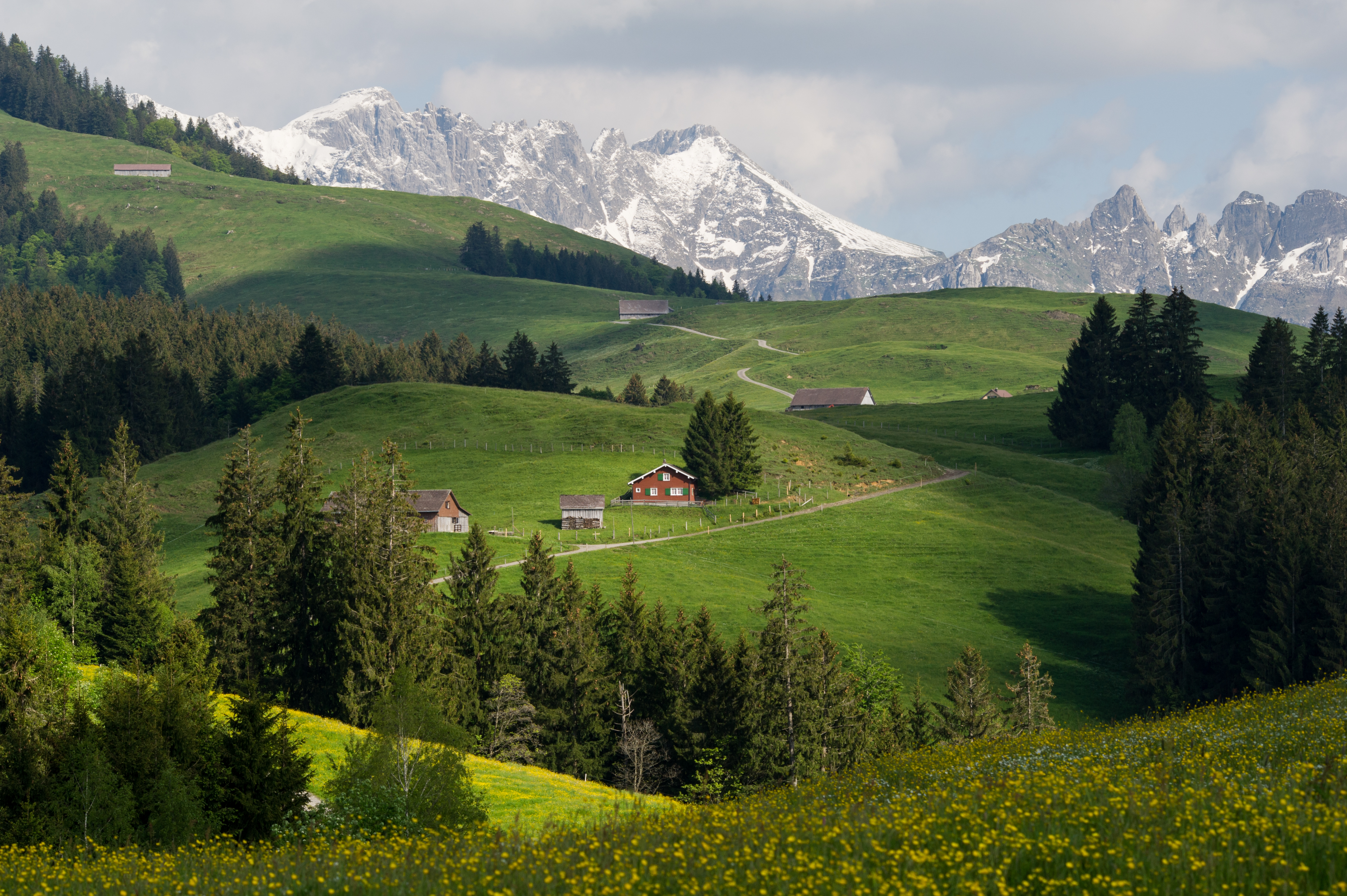|
Home Island Foreshore
The Home Island Foreshore is a heritage-listed cultural landscape at Jalan Panti, Home Island, Cocos (Keeling) Islands, Australia. It was added to the Australian Commonwealth Heritage List on 22 June 2004. History The area referred to as the foreshore was constructed on land reclaimed by teams of village women early in the twentieth century. The area filled in was a small bay between the present jetty and Oceania House Oceania House is a heritage-listed house at Jalan Bunga Kangkong, Home Island, Cocos (Keeling) Islands, Australia. It was added to the Australian Commonwealth Heritage List on 22 June 2004. History Oceania House is the historic residence of .... The women carried by hand sand from two large dunes, countless coral boulders and hundreds of coconut logs. A shady avenue of trees was then planted along the waterline and this creates a buffer between the lagoon and kampong housing. Description Home Island Foreshore is at about 0.5ha, comprising the whole of ... [...More Info...] [...Related Items...] OR: [Wikipedia] [Google] [Baidu] |
Home Island
Home Island, also known locally as Pulu Selma, is one of only two permanently inhabited islands of the 26 islands of the Southern Atoll of the Cocos (Keeling) Islands, an Australian external territory in the central-eastern Indian Ocean. Description It is in area and contains the largest settlement of the territory, Bantam, with a population of about 500 Cocos Malay people. Local attractions include a museum covering local culture and traditions, flora and fauna, Australian naval history, and the early owners of the Cocos-Keeling Islands. The Home Island Mosque is one of the busiest places on the island, and the minaret is painted in territorial flag colours of green and gold. There is also a trail leading to Oceania House, which was the ancestral home of the Clunies-Ross family, the former rulers of the Cocos-Keeling Islands and is over a century old. Education Cocos Islands District High School operates a primary education centre on Home Island; most of the staff li ... [...More Info...] [...Related Items...] OR: [Wikipedia] [Google] [Baidu] |
Cocos (Keeling) Islands
) , anthem = "''Advance Australia Fair''" , song_type = , song = , image_map = Australia on the globe (Cocos (Keeling) Islands special) (Southeast Asia centered).svg , map_alt = Location of the Cocos (Keeling) Islands , map_caption = Location of the Cocos (Keeling) Islands (circled in red) , subdivision_type = Sovereign state , subdivision_name = , established_title = Annexed by the United Kingdom , established_date = 1857 , established_title2 = Transferred from Singaporeto Australia , established_date2 = 23 November 1955 , official_languages = None , languages_type = Spoken languages , languages = , capital = West Island , coordinates = , largest_settlement_type = village , largest_settlement = Bantam , demonym = , ethnic_groups = , ethnic_groups_year = , government_type = Directly administered dependency , leader_title1 = Monarch , leader_name1 = Charles III , leader_title2 = Governor-General , leader_name2 = David Hurley , leader_title ... [...More Info...] [...Related Items...] OR: [Wikipedia] [Google] [Baidu] |
Cultural Landscape
Cultural landscape is a term used in the fields of geography, ecology, and heritage studies, to describe a symbiosis of human activity and environment. As defined by the World Heritage Committee, it is the "cultural properties hatrepresent the combined works of nature and of man" and falls into three main categories: # "a landscape designed and created intentionally by man" # an "organically evolved landscape" which may be a "relict (or fossil) landscape" or a "continuing landscape" # an "associative cultural landscape" which may be valued because of the "religious, artistic or cultural associations of the natural element." Historical development The concept of 'cultural landscapes' can be found in the European tradition of landscape painting. From the 16th century onwards, many European artists painted landscapes in favor of people, diminishing the people in their paintings to figures subsumed within broader, regionally specific landscapes.GIBSON, W.S (1989) Mirror of the Ea ... [...More Info...] [...Related Items...] OR: [Wikipedia] [Google] [Baidu] |
Islands_HomeIsland02.jpg)
